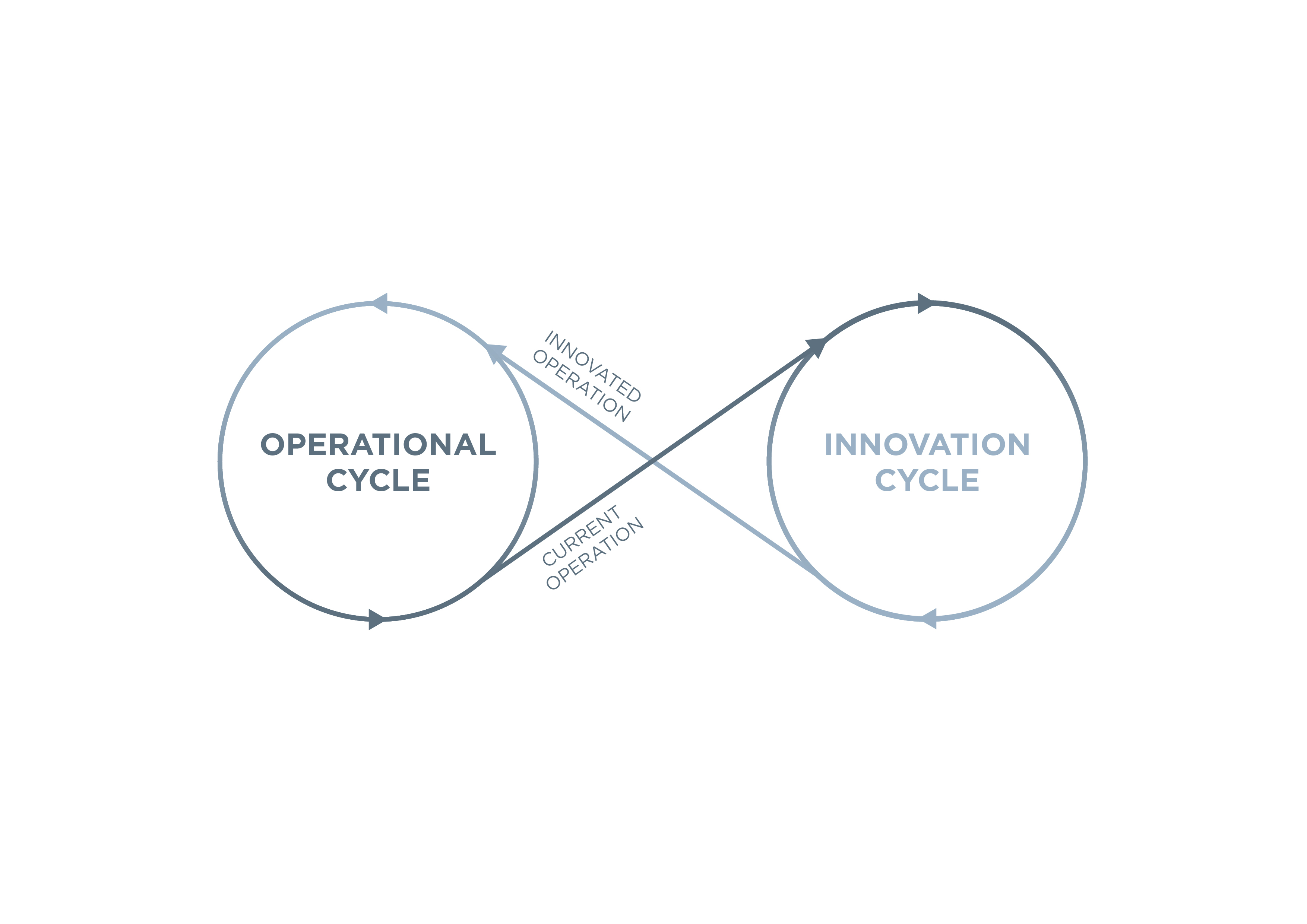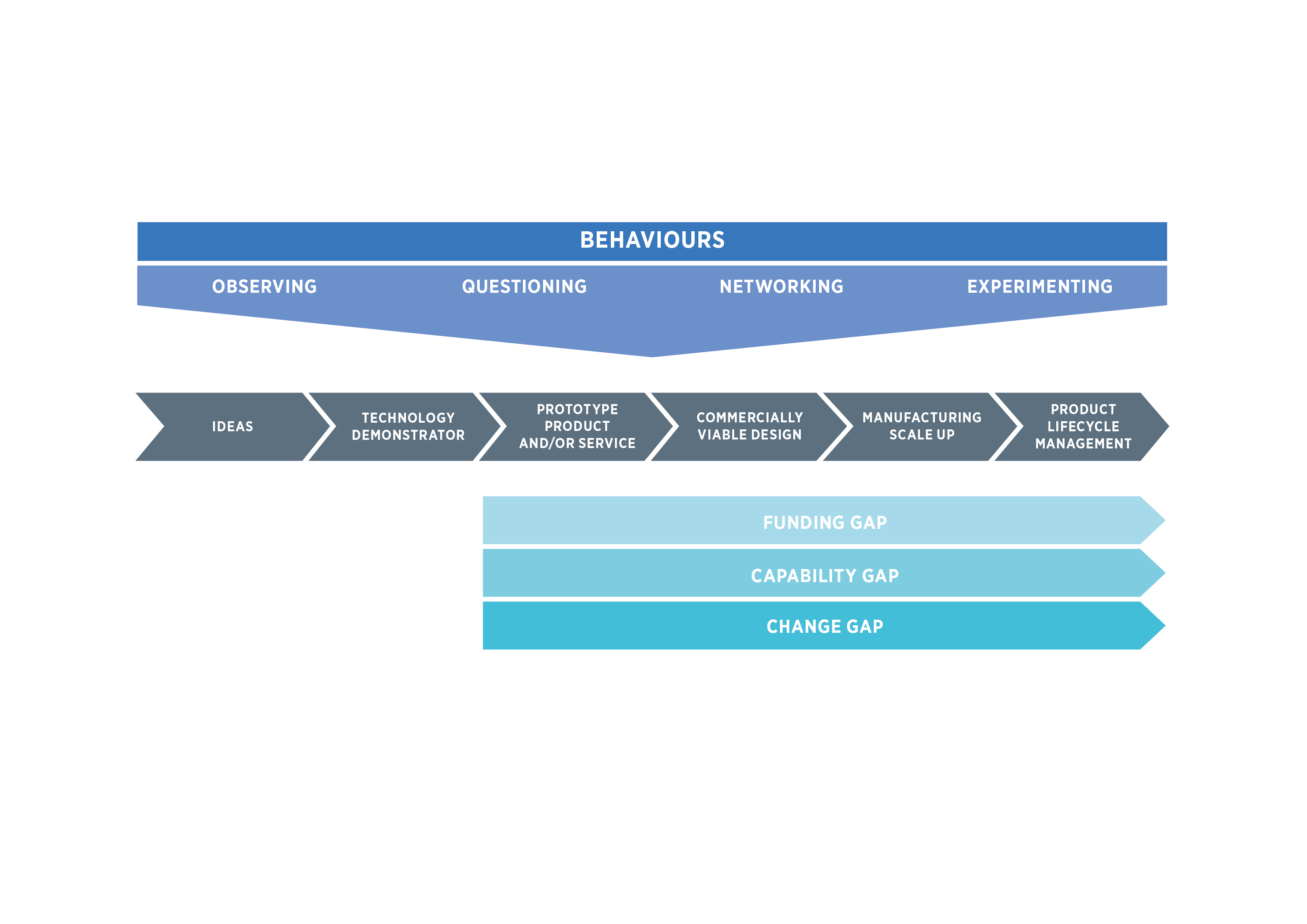Innovation curation – time to act, together
Tags
This article first appeared in The Water Report
There has never been a more exciting time for innovation in the water sector.
Firstly, the imperative has never been greater nor clearer. In Ofwat’s words, “now more than ever, the water sector needs to find new ways of delivering for customers and demonstrating their commitment to public value”. Across the sector, there are ambitious targets to be hit in the short-term through AMP7, in the medium-term in relation to the 2030 Public Interest Commitments, and in the longer-term with the need to ensure we protect water as a valuable resource for future generations.
All of these require action now, and innovation needs to be at a level which drives transformational change. Yet, according to the 2019 UK Innovation Survey, the water industry remained amongst the lowest levels of innovation in UK sectors.
Secondly, and more encouragingly, as we move towards 2021, there has arguably never been greater energy and commitment from the sector to really focus on and invest in making innovation a success. Ofwat is on the verge of launching their £200m innovation fund and from our experience of working with companies across this sector and beyond, it is evident that interest and engagement is gathering pace around this.
Water companies themselves are actively engaged and collaborating, with the recently published UK 2050 Water Innovation Strategy, setting out a shared vision to “drive transformational change through innovation” and presenting the emerging business case for a national water centre of excellence.
Elsewhere, and reflecting the view that innovation needs to be considered in broad terms to include aspects such as commercial arrangements and business processes, we are also starting to see signs of innovative approaches being adopted in different parts of the sector. For example, in how the non-household market is now making progress in addressing the long-standing issues associated with bilateral transactions, in how companies are becoming more innovative in their use of direct procurement mechanisms, and in how companies are increasingly seeking to enhance their digital capabilities to provide platforms for further innovation.
Unpredictable, tricky and messy
This level of activity clearly presents great opportunities for the sector, but of course with that also comes significant challenges. Front of mind needs to be the consideration: how do we make sure we capitalise on the interest, energy and investment that is present today and ensure that it actually translates into tangible successes for the sector?
Naturally, every individual innovation project that pushes at the frontiers of what has been done before is by its very nature unpredictable and can be tricky, messy and prone to failure. However, the overall process of innovation at both an organisation and sector level, and what is needed for it to be successful, is much less risky and can be informed by a large body of previous experience.
Applying previous experience to the current situation in the water sector, we therefore see three key imperatives:
1. Ensuring that any initiatives seeking to drive innovation are working to a clear set of critical success factors.
2. A need for cultural changes, new capabilities and new ways of working to embed innovation at the heart of the sector and ensure the ‘innovation gap’ can be navigated.
3. A need for all of us with a part to play within the innovation ecosystem to recognise that it truly is now “time to act, together”.
Critical success factors
The UK 2050 Water Innovation Strategy includes a visualisation of the major actors in the water innovation ecosystem. It represents an almost dizzying array of stakeholders, with over 100 organisations and institutions represented covering industry bodies, universities, funding agencies, research councils and more. The breadth of players involved, clearly illustrated in the strategy document, reinforces the view that this is an exciting time for innovation and that there is interest and energy around it. However, it also highlights potential complexity and the risk that perfectly valid but competing interests may inhibit its success. It is therefore essential that everyone coalesces around a shared set of priorities and is working towards a common set of critical success factors.
Through the strategy’s seven key themes, which have been closely tied to the UN’s Sustainable Development Goals and provide broad coverage across the water cycle, the sector now has its guiding priorities. The next stage is to ensure that these become embedded within the design of all the initiatives that are promoting and driving innovation within the sector and are underpinned, at a very practical level, by a clear set of critical success factors.
The imminent launch of Ofwat’s innovation competitions will provide a case in point and, if successful, will provide a blueprint in terms of the critical success factors to be adopted more broadly. The competitions – and all other innovation initiatives – will need to:
- Attract the strongest entrants – without strong entrants, the level of transformational innovation delivered will be compromised. The greatest innovation can come in many forms and from many sources. The competitions must therefore be appealing to as many innovators as possible, for the best to be selected.
- Maximise the public value of funded projects – focus on this is required to ensure value for money for customers and ensure the industry is encouraged to take open, collaborative approaches, sharing benefits across the industry.
- Be run with transparent, fair and efficient processes – the process of the competitions must remain transparent, fair and continuously improve if they are to generate and sustain collaborative innovation in the industry.
Culture and capabilities
To realise the benefits of innovation, it is not enough to simply demonstrate that an innovative new idea is viable – organisations need to be able to implement that innovation at scale, and that requires the right culture, capabilities and ways of working to be in place.
Historically, our experience shows that in sectors that manage infrastructure, the focus is predominately on managing risk and safety within the operational cycle. This natural focus on operations delivers incremental improvement through continued ‘cycles’ of business process. However, while such a focus can never be compromised, the most successful organisations recognise that there is a second ‘innovation’ wheel which is ‘fed’ by a pipeline of potential improvement projects and enabled by a culture that embeds innovation into the organisation’s fabric.

Efficient business changes then embed the new innovative ideas back into materially improved operations. For every successful idea, many will fail, however this ability to observe, question and experiment is core to idea generation and development.
The innovation cycle, therefore, represents organisations moving beyond an ideas pipeline and towards managing a portfolio of projects at different stages of maturity, ready for subsequent implementation. Curating the portfolio and introducing only the most relevant and successful projects requires organisations to build up its people’s capabilities and introduce new behaviours to navigate the three components of the‘innovation gap’:
- To avoid the funding gap, there must be enough funds to take the project ‘all the way’ from the idea, through the R&D stage and into positive revenues or avoided costs.
- To avoid the development gap, there must be enough technical and commercial skills to take the technology rapidly to market.
- To avoid the change gap, the business needs to be ready and able to change what is needed in terms of the skills, mindsets and processes required to embed the innovation at scale and realise the benefits.
Key to all of these are embedding the right behaviours: people need to know the behaviours they are expected to demonstrate, recognising that when these behaviours are undertaken repeatedly, they form habits and shape people’s mindsets and the organisation’s culture.
Time to act, together
We have found that water companies often find difficulty crossing the innovation gap as they lack the full end-to-end capabilities required and often do not incentivise or develop the right behaviours. The implications are significant. For example, increasing available funding or sharpening incentives may exacerbate the problem; without the full complement of capabilities and behaviours, innovation cannot be operationalised and embedded.
The problem can occur regardless of whether the innovation function is centralised or embedded. In a centralised model, the co-ordinating body must marshal funds and draw upon the wide range of capabilities that are needed to cross the gap. Likewise, in embedded models, even if funding is available, companies rarely have access to the specialisms needed to develop nascent ideas, least of all actively manage a portfolio of projects with different maturities.
These problems can be addressed by changing the way innovation is curated. The Ofwat strategy Time to act, together has aimed to address this by encouraging the industry to work together with the supply chain, streamlining innovation approaches so that our activity is focussed, is complementary, has a common objective, removing duplication and making the best use of the world-leading capabilities we have in the UK industry.
This change applies to the sector and the supply chain, the technology providers, academia and the technology and transformation consultancies. We all need to pivot in how we add value to water sector innovation to ensure that our capabilities and approaches are complementary, recognising what we do well and where our deep skills lie. We need to address and change our ways of working and the cultural influences that affect how productively we work together, both internally and as an industry.
Ofwat and the sector innovation leadership are the hubs of this change, but we, the ecosystem of innovation partners, also need to adapt and help to structure and support the curation for maximising outcomes. It’s an exciting time with huge opportunities to deliver a worthy outcome. We cannot afford to squander that.
Explore more






